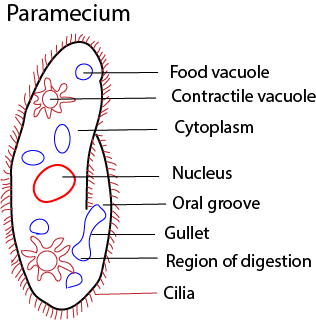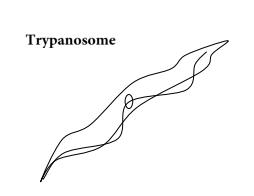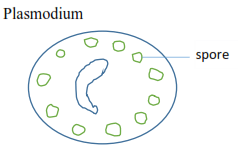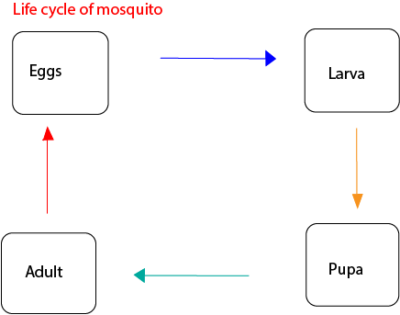
Phylum protozoa, amoeba (biology)

Phylum protozoa
Examples; amoeba, Euglena, paramecium, and trypanosome
Characteristics
- they are single-celled.
- they are microscopic
- they reproduce by means of binary fission.
- they move by pseudopodia (amoeba), cilia (paramecium) or flagella (euglena)
- reproduce by binary cell division or by cell fission

Feeding
Amoeba feeds by use of cell membrane to engulfs the food particle. The food particle is taken in the cytoplasm and enclosed in food vacuole where it is digested.
Functions of parts of amoeba
- Cell membrane
(a) Protects internal structures
(b) Regulates substances that enter or leave the cell
(c) Senses external stimuli.
2. Nucleus: controls activities of the cell.
3, Contractile vacuole: eliminates excess water from the cell
Feeding: by phagocytosis
Locomotion: By pseudopodia
Excretion
- Ammonia diffused through the cell membrane
- Excess water by the contractile vacuole
Reproduction
Binary cell division
Economic importance
- Entamoeba histolytica cause amoebic dysentery
- They feed and control other disease-causing organisms e.g. bacteria


Feeding
Cilia push food into the gullet and ingestion takes place only at the end of the gullet. The food vacuole move in a very definite path through the body of the paramecium and egestion takes place at only one part near the region of ingestion.
Movement by cilia
By cilia
Excretion
- Ammonia diffused through the cell membrane
- Excess water by contractile vacuole
Reproduction
- Binary cell division
Economic importance
Source of food to another aquatic organism
.

Economic impotence
- Is a parasite
- Causes nagana in cattle and sleeping sickness in man
Transmission
By tsetse fly
Plasmodium

Causes malaria and transmitted by female anopheles mosquito
Life cycle of plasmodia


Revision questions
- Which one of the following combination of words about amoeba are related
A. pseudopodia, reproduction
B. nucleus, movement
C. contractile vacuole, water
D. cytoplasm, digestion
2. Which of the following levels of organism in classification interbreed and produce fertile offspring?
A. class B. species C. phylum D. Kingdom
3. Which of the following protozoa has cilia ?
A. Amoeba B. paramecium C. Euglena D. Plasmodium
4. The paramecium takes its food through
A. The contractile vacuole
B. Oral groove
C. General body surface
D. The food vacuole
5. The contractile vacuoles in the paramecium is mainly for
A. Elimination of nitrogenous wastes
B. Elimination of undigested food
C. Osmoregulation
D. Eliminated carbon dioxide
6. Amoeba is economically important to man because
A. It improves soil fertility
B. It can easily be destroyed
C. It pollutes man’s sources of water
D. When in man it causes dysentery.
7. Which one of the following is a waste of nitrogenous product of amoeba.
A. carbon dioxide
B. urea
C. ammonia
D. uric acid
8. Which of the following organisms carries out intracellular digestion
A. Fungi
B. Algae
C. Amoeba
D. Hookworm
9. Draw and label parts of an amoeba
Answers
- C 2. B 3. B 4. B 5. C 6. D 7. C 8. C
